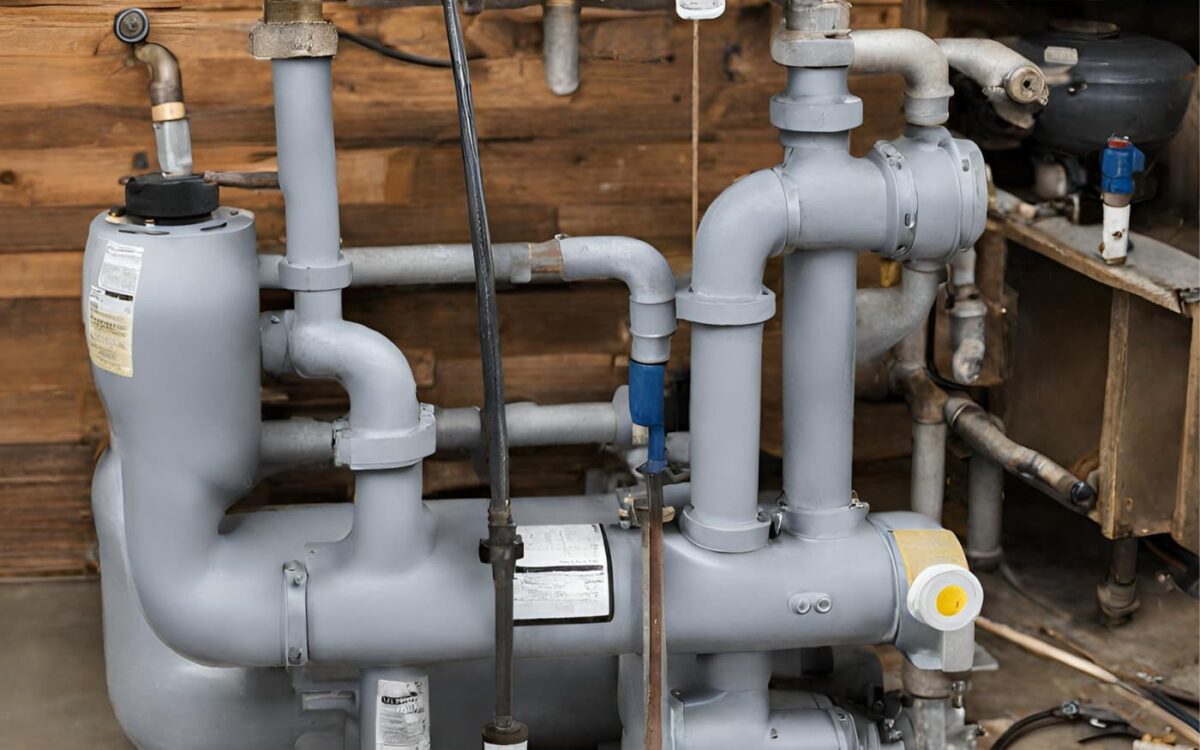Plumbing pumps come in various types, including Hayward Flow Control plumbing pumps each with its unique set of challenges. Regardless of the type, encountering pump problems can disrupt your daily life. In this article, we’ll explore common pump problems and provide practical troubleshooting tips to help you resolve these issues effectively, ensuring your plumbing system operates smoothly.
Common Pump Problems and Solutions
Plumbing pumps play a vital role in ensuring the efficient flow of water in your home or facility. However, like any mechanical system, they can encounter issues. Here are some common pump problems you might face and the solutions to address them:
- Low Flow: If you notice reduced water flow, check for clogs in the pump intake or discharge lines. Clear any debris or obstructions to restore proper flow. It’s essential to inspect the pump’s strainer or filter regularly, as these components can accumulate debris over time. By keeping them clean, you can prevent clogs and maintain consistent water flow.
- Leaks: Leaks can lead to water wastage and damage. Inspect the pump and connections for leaks, and replace damaged seals or connections as needed. A proactive approach to leak detection involves checking for wet spots or puddles around the pump, which can indicate leaks. Promptly addressing leaks not only conserves water but also prevents potential structural damage.
- Unusual Noises: Grinding or rattling noises can indicate issues with the impeller or bearings. Inspect and replace these components if necessary to eliminate the noise. Regular lubrication of bearings can also reduce noise levels and ensure the smooth operation of the pump. Additionally, inspect the motor and housing for loose or damaged parts that may contribute to unusual sounds.
- Intermittent Pump Operation: If your pump turns on and off frequently, it may be due to low water levels or pressure. Ensure adequate water supply and pressure for consistent operation. Low water levels in the pump’s reservoir or well can cause it to run dry, leading to overheating and premature wear. Maintaining proper water levels is crucial to prevent such issues.
- Loss of Prime: Some plumbing pumps may lose their prime, causing them to struggle to start or maintain suction. To address this, check for air leaks in the intake lines or loose connections. Tighten all connections and replace any deteriorated seals or gaskets. Additionally, ensure that the intake line is free from obstructions and that the pump’s strainer is clean.
- Overheating: Overheating can occur due to various factors, such as inadequate lubrication or excessive friction. Regularly inspect the pump for signs of overheating, such as a hot motor or unusual odors. Address any lubrication issues promptly by following the manufacturer’s recommendations. Additionally, ensure that the pump is correctly sized for the application to prevent it from working harder than necessary.
By addressing these common pump problems promptly and effectively, you can ensure the continued reliability of your Pulsafeeder plumbing pumps. Regular maintenance and proactive troubleshooting are essential practices to prevent minor issues from escalating into costly repairs. Remember that a well-maintained pump not only operates efficiently but also contributes to water conservation and reduced energy consumption.
Hayward Flow Control Plumbing Pumps: Tips for Maintenance
For Hayward Flow Control plumbing pumps, regular maintenance is key to ensuring their longevity and optimal performance. Here are some maintenance tips specifically tailored to these pumps:
- Check and clean the pump strainer regularly to prevent clogs and maintain flow efficiency.
- Inspect the pump housing for cracks or damage, and replace any compromised parts promptly.
- Lubricate bearings and moving parts as per the manufacturer’s recommendations to reduce friction and wear.
- By following these maintenance guidelines, you can keep your Hayward Flow Control plumbing pump operating smoothly and avoid common issues.
Pulsafeeder Plumbing Pumps: Troubleshooting Unique Challenges
Pulsafeeder plumbing pumps come with their own set of challenges. If you encounter issues specific to these pumps, here are troubleshooting strategies:
- For inconsistent flow, ensure the pump’s diaphragm is intact and not worn out. Replace it if necessary.
- If you notice air in the pump system, check for loose connections or worn seals. Tighten connections and replace seals as needed.
- For erratic pressure, inspect the pressure switch and adjust it to the desired settings.
- Understanding the unique characteristics of Pulsafeeder pumps and addressing issues promptly will help you maintain their reliability.
Preventive Measures for Pump Problems
As far as plumbing pumps go, prevention is often the best solution. To minimize the likelihood of encountering common pump problems, consider these preventive measures:
- Install filters and strainers in the pump’s intake lines to trap debris and prevent clogs.
- Regularly check and maintain water levels in your pump’s reservoir or well to prevent issues caused by low water levels.
- Schedule routine inspections and maintenance to catch potential problems before they escalate.
- By adopting these preventive measures, you can extend the life of your plumbing pump and minimize the chances of encountering troublesome issues.
Professional Assistance
While DIY troubleshooting can resolve many pump problems, some issues may require professional intervention. If you’re unsure about diagnosing or fixing a problem, or if you suspect a significant internal issue with your pump, it’s advisable to seek the expertise of a professional plumber or pump technician. Timely professional assistance can prevent further damage and ensure the safe and efficient operation of your plumbing pump.
Conclusion
In conclusion, troubleshooting common pump problems is essential to maintain the functionality of your plumbing system. Whether you have Hayward Flow Control plumbing pumps or Pulsafeeder plumbing pumps, understanding the issues specific to your pump type and adopting preventive measures can help you avoid disruptions and costly repairs. Remember, regular maintenance and professional assistance when needed are the keys to keeping your plumbing system running smoothly.
